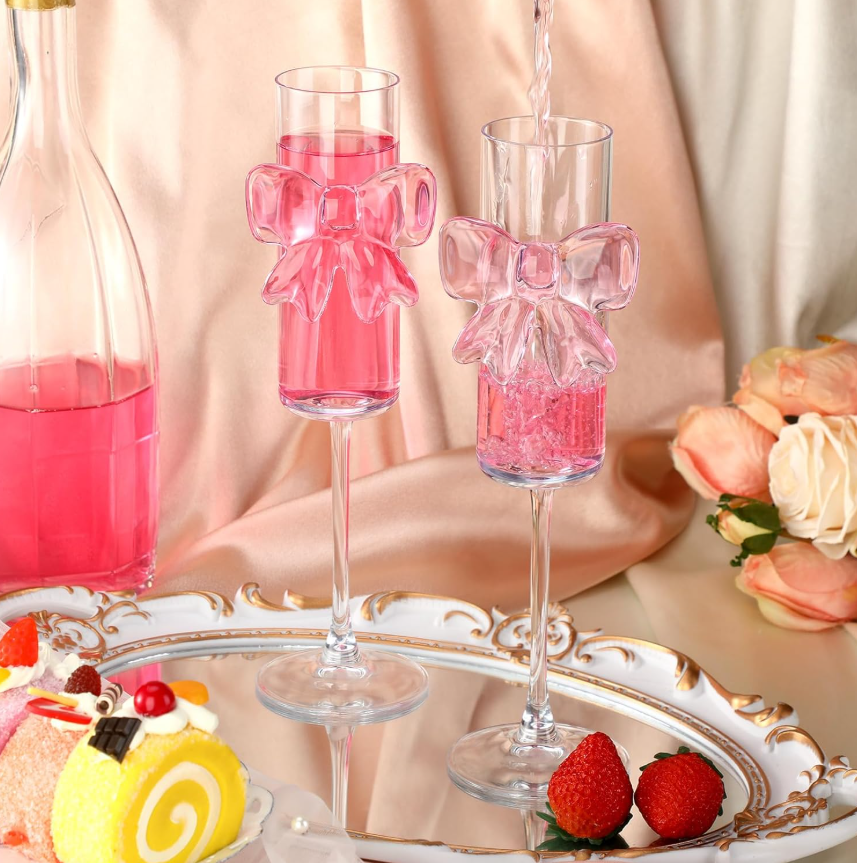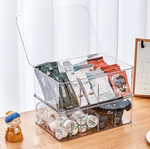What Your Home Says About You
Have you ever walked into your home and felt it staring back at you?
Not in judgment, just quietly revealing.
The bed that’s been unmade for days.
The counter is full of “I’ll deal with it later.”
That chair that’s slowly turned into a mountain of clothes.
We call it clutter, but sometimes it’s something else, a reflection.
Whether you realize it or not, your home tells the truth long before you do.
Here’s the question that changes everything:
What if your home is showing you exactly how you’re really doing?
Stay with me; by the end of this, you’ll start seeing your space not as a mess to fix, but as a mirror to understand.
The Hidden Language of Clutter
Let’s start with the hardest truth: Clutter isn’t random.
It’s communication.
Every pile whispers a story.
The stack of unopened mail? Avoidance.
The drawer full of tangled cables? Overwhelm.
The wardrobe packed with clothes you don’t wear anymore? Holding on to versions of yourself you’ve outgrown.
And before guilt creeps in, know this: clutter doesn’t mean you’re lazy or messy. It means you’re human.
Your home collects emotions the same way your body does.
When you’re tired, your space slows down too.
When you’re overwhelmed, your space reflects that noise back to you.
In Kenya, we often justify keeping things “just in case.”
It’s practical. It’s cultural. It’s love in storage.
But sometimes that same love starts to trap you, in objects that no longer serve who you are now.
Here’s a gentle challenge:
Stand in one room and ask, “If this space could talk, what would it say about me right now?”
That question alone can shift your entire relationship with your home.
Minimalism Isn’t Always the Answer
There’s a lie we’ve been sold, that peace lives in empty rooms.
Perfectly beige walls. No objects. No signs of life.
But peace doesn’t always look like less. Sometimes, it looks like meaningful abundance.
You don’t need a showroom. You need a soul.
At Netai Home, we believe in the soft power of intention.
A Libbey glass catching morning light isn’t clutter, it’s ritual.
A ceramic bowl passed down from your grandmother isn’t outdated, it’s a memory.
A cozy throw on your couch isn’t excess, it’s safety.
Minimalism can feel cold if it lacks emotion. Because peace isn’t sterile; it’s sensory. It’s the warmth of a home that’s lived in.
If your shelves hold stories and your table holds laughter, that’s not clutter. That’s character.
That’s what a peaceful home really feels like, honest, layered, and alive.
The Emotional Temperature of a Home
Every home carries a temperature.
Not one you can measure with a thermometer, but one you can feel.
You know it instantly when you walk in. That house feels light and warm. That other one that feels heavy, even if it’s spotless.
Homes absorb emotion. They hold onto conversations, laughter, arguments, love. They mirror back the energy you live in daily.
In Kenyan households, that emotional rhythm shows up in the little rituals;
Saturday morning cleaning with loud music, the smell of lemon and detergent, the smell of clean sundried bedsheets, the quiet of Sunday afternoons, the sound of spoons clinking during chai breaks.
These moments regulate your space and you. They restore emotional order when life feels chaotic.
When your rhythm is off, your home starts echoing that back.
So when your space feels tense or still, it might not be “just a mess.” It might be your inner world asking for calm.
The beauty? You can always reset the energy.
The Quiet Psychology of Placement
Everything in your home has meaning, not just what you keep, but where you keep it.
That pile of laundry on the chair? It’s your mind saying, “I’m too tired right now.”
The mug on your nightstand? Proof that you took care of yourself in some small way.
The candle you never lit? A reminder that you’re still waiting for the “right time” to rest.
Instead of criticizing your space, start decoding it. Your home isn’t judging you, it’s communicating.
A messy kitchen might say, “You need support, not shame.”
A perfectly curated living room might say, “You’re trying to hold on to control because life feels uncertain.”
When you start to organize, when you fold, dust, rearrange, you’re not just moving objects. You’re shifting energy. You’re telling your nervous system: “We’re safe here.”
Try a micro-reset: clear one small corner.
Light a candle. Rearrange your favorite cup.
Let your body feel the difference.
That’s not cleaning. That’s grounding.
Creating Peace, One Ritual at a Time
Peaceful homes are built on ritual, not routine.
Rituals make the ordinary sacred.
Here’s how to begin:
-
Open your windows in the morning. Let fresh air rewrite the mood of the room.
-
Use scent intentionally. A hint of eucalyptus, a candle after cleaning, or the smell of coffee in your Netai mug.
-
Choose your cup with care. Your Libbey glass isn’t just for water — it’s for presence.
-
Clean slowly. Each fold, each wipe, each pour is an act of self-regulation.
These moments might seem small, but they anchor you.
They remind your body: You’re home.
Because peace doesn’t arrive in one grand redesign.
It arrives in tiny, rhythmic gestures that bring you back to yourself, again and again.
A peaceful home isn’t perfect. It’s alive.
When Your Home Finally Feels Like You
So what does your home say about how you’re really doing?
If it’s chaotic, maybe you’re in a season of change.
If it’s spotless, maybe you’re craving control.
If it’s warm and a little imperfect, maybe you’re learning to let life be what it is, beautifully unfinished.
Homes evolve as we do. Every object, every wall, every drawer tells part of your story.
You don’t need a perfect home. You need an honest one, one that mirrors who you are becoming, not who you were trying to be.
So next time you look around, don’t ask, “What’s wrong with this space?”
Ask, “What truth is it showing me?”
Because when your home reflects peace, not pressure, you stop performing and start living.
Discover the pieces that help you come home to yourself from Netai mugs to home decor, each one designed to turn your space into a mirror of calm.










